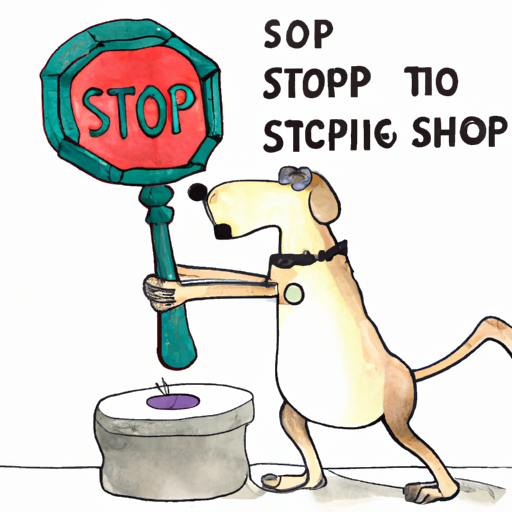As a caring and responsible dog owner, understanding the health issues that can affect your furry friend is vital. One such issue is yeast infections. If left untreated, it can lead to several complications. This guide will provide you with detailed information on how to prevent yeast infections in dogs.
1. Understanding Yeast Infections in Dogs
Yeast is a type of fungus that is naturally present on your dog’s skin. As long as the yeast population is controlled, it usually doesn’t cause any problems. However, when yeast overproduces, it can lead to an infection.
The symptoms of yeast infection in dogs include:
* Itching and scratching
* Red, irritated skin
* Sores and hair loss
* Foul smell
* Changes in skin color
2. Factors that Contribute to Yeast Infections
Before we dive into prevention methods, you should understand why your dog might develop a yeast infection. Here are some factors that contribute to yeast overgrowth:
- Allergies: Dogs with allergies, whether food or environmental, are more prone to yeast infections. The inflammation caused by allergies can lead to a conducive environment for yeast growth.
- Weak Immune System: Dogs with a weakened immune system are more susceptible to infections, including yeast infections.
- Medications: Certain medications, like steroids and antibiotics, can disrupt the natural balance of the flora on your dog’s skin, leading to yeast overgrowth.
3. How to Prevent Yeast Infections
Now that you understand yeast infections and their causes, let’s talk about how you can prevent them in your furry friend.
3.1 Maintain a Healthy Diet
A dog’s diet can significantly impact their overall health, including their skin condition. Here are some dietary tips to help prevent yeast growth:
- Probiotics: Include probiotics in your dog’s diet. Probiotics help maintain the balance of good bacteria in the body, which can prevent yeast overgrowth.
- Avoid Sugary Foods: Yeast thrives on sugar. Avoid giving your dog foods that are high in sugar.
3.2 Regular Grooming
Regular grooming is essential in maintaining your dog’s skin health. Here’s what you can do:
- Bathing: Bathe your dog regularly, but not excessively. Use a hypoallergenic, non-soap skin cleanser. Avoid using human shampoos as they can disrupt the skin’s pH balance, promoting yeast growth.
- Drying: Ensure your dog’s skin and fur are thoroughly dry after bathing or swimming. Moisture can create a perfect environment for yeast to flourish.
3.3 Regular Vet Checks
Regular vet checks can help detect any health issues early, including yeast infections. Your vet can also provide you with advice tailored to your dog’s specific needs.
4. Treatment Options for Yeast Infections
If your dog develops a yeast infection despite your best prevention efforts, don’t panic. There are several effective treatment options available, including antifungal medications, shampoos, and creams. You should consult your vet for the best treatment plan for your dog.
5. Frequently Asked Questions
5.1 Can yeast infections in dogs be cured completely?
Yes, with proper treatment, yeast infections in dogs can be completely cured. However, some dogs may be more prone to recurring infections due to factors like allergies or a weak immune system.
5.2 Can yeast infections in dogs spread to humans?
While it’s rare, yeast infections can be transmitted from dogs to humans. It’s essential to maintain good hygiene practices when caring for a dog with a yeast infection.
5.3 How long does it take for a yeast infection in dogs to clear up?
The length of treatment can vary depending on the severity of the infection. Generally, you should see an improvement in your dog’s condition within a week of starting treatment.
In conclusion, yeast infections in dogs can be a nuisance, but they are preventable and treatable. By understanding the contributing factors and implementing preventive measures, you can keep your furry friend healthy and happy.



